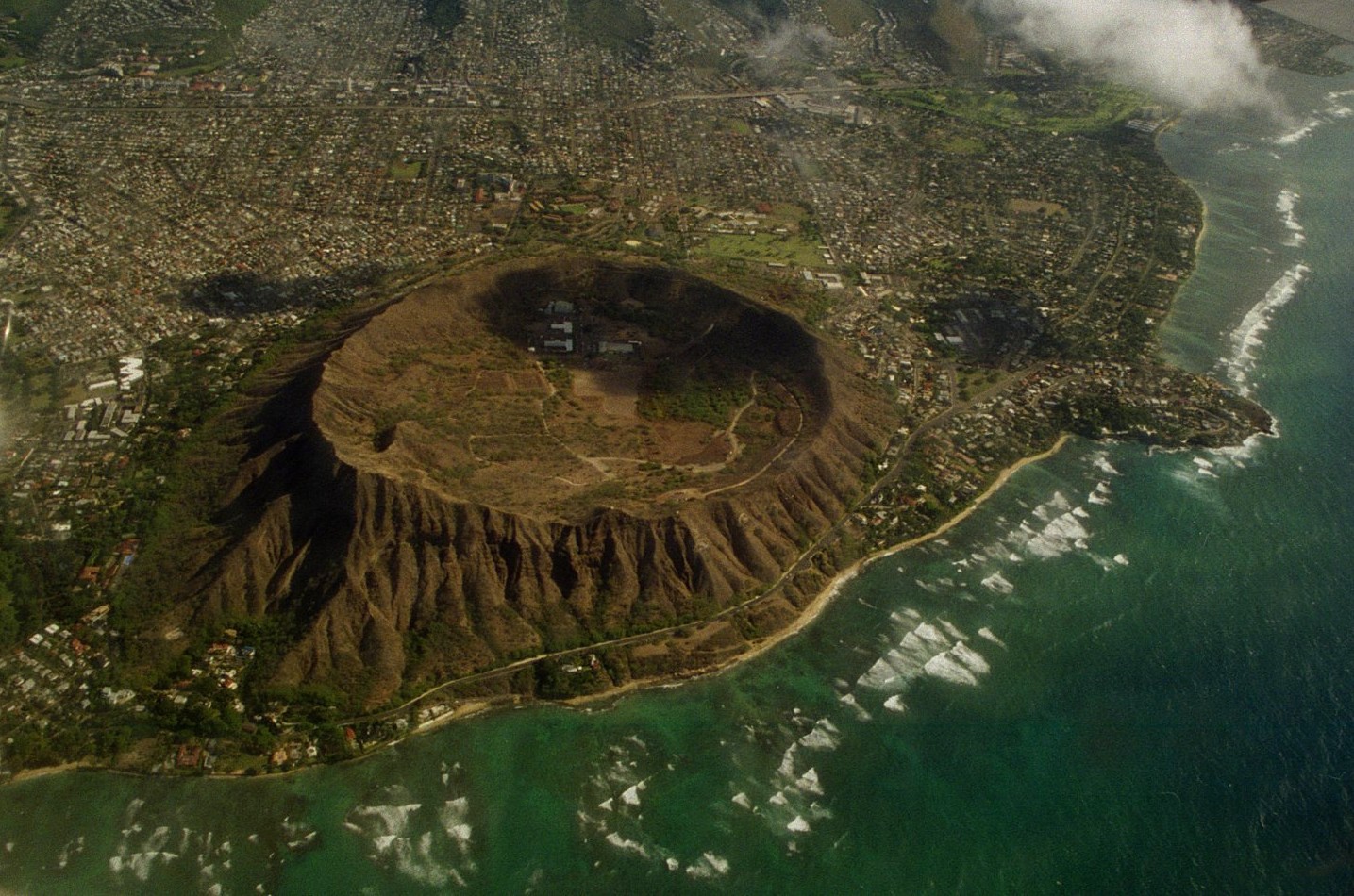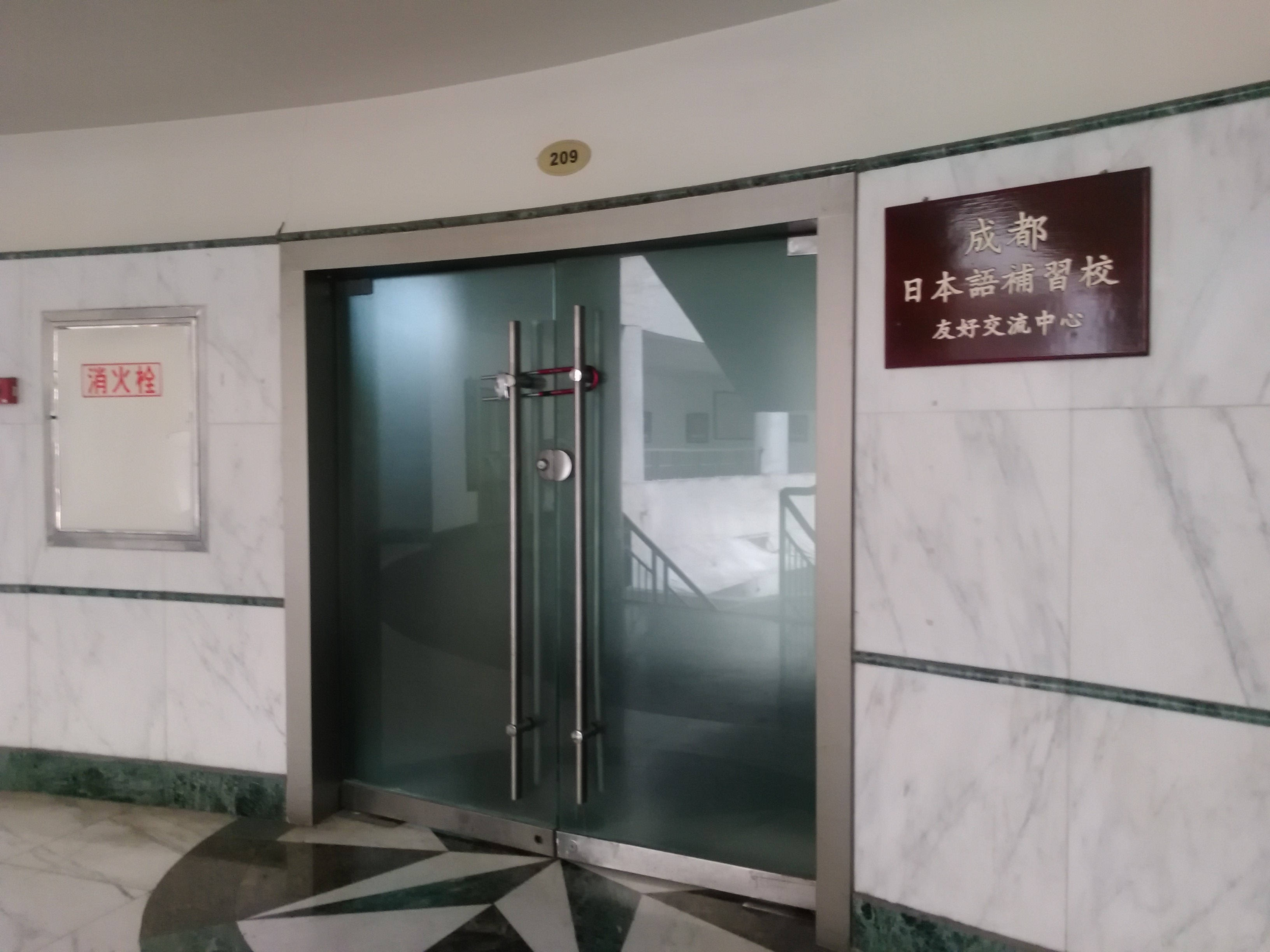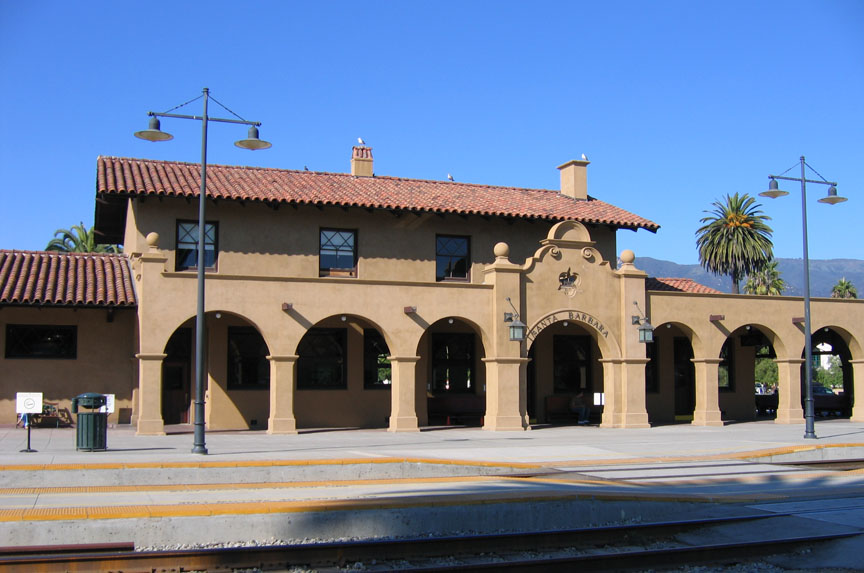|
Kaimuki, Hawaii
Kaimukī is a residential neighborhood in Honolulu, Hawaii, United States. History In the 19th century the area was a farm of Kalākaua, King Kalākaua, where ostriches roamed wild over the mountain side. It later became the site of a carnation farm for funeral flowers. Now a mix of residential area with a small business district (mainly restaurants and service industries), it is located in the urbanized Honolulu region near Kāhala, Hawaii, Kahala and Diamond Head, Hawaii, Diamond Head. Kaimukī is an ancient Hawaiian name. Its name comes from ''Ka imu kī'' meaning "The ti root oven" in the Hawaiian language. The area was known for the many ovens used to bake roots of kī ''Cordyline fruticosa'', or ti, into a sweet food similar to candy. Kaimukī's main street is Waialae Avenue, pronounced . Several restaurants and stores are located on this street, as well as Kaimukī District Park. Pu‘u o Kaimukī aka “Kaimuki Hill” is the predominant feature of the area and has ... [...More Info...] [...Related Items...] OR: [Wikipedia] [Google] [Baidu] |
Kapiʻolani Community College
University of Hawaiʻi Kapiʻolani Community College, formerly Kapiʻolani Technical School, is a public community college in Honolulu, Hawaiʻi. It is part of the University of Hawaiʻi System and accredited by the Accrediting Commission for Community and Junior Colleges. History Originally located at Pensacola Street and Kapiʻolani Boulevard (from which the school gets its name), adjacent to President William McKinley High School in the Makiki community, University of Hawaiʻi Kapiʻolani Community College was established in 1946 as Kapiʻolani Technical College. The school was administered by the Territory of Hawaii The Territory of Hawaii or Hawaii Territory (Hawaiian language, Hawaiian: ''Panalāʻau o Hawaiʻi'') was an organized incorporated territories of the United States, organized incorporated territory of the United States that existed from Apri ... as a vocational school specializing in food service. In 1965, it became a public college administered by the ... [...More Info...] [...Related Items...] OR: [Wikipedia] [Google] [Baidu] |
Hoshū Jugyō Kō
, or , are supplementary Japanese schools located in foreign countries for students living abroad with their families. ''Hoshū jugyō kō'' educate Japanese-born children who attend local day schools. They generally operate on weekends, after school, and other times not during the hours of operation of the day schools.Mizukami, Tetsuo (水上 徹男 ''Mizukami Tetsuo''). ''The sojourner community lectronic resource Japanese migration and residency in Australia'' (Volume 10 of Social sciences in Asia, v. 10). BRILL, 2007. , 9789004154797. p136 The Ministry of Education, Science, Sports and Culture (Monbusho), as of 1985, encouraged the opening of ''hoshū jugyō kō'' in developed countries. It also encouraged the development of full-time day schools for Japanese students (''nihonjin gakkō'') in developing countries. In 1971, there were 22 supplementary Japanese schools worldwide.Goodman, Roger. "The changing perception and status of '' kikokushijo''." In: Goodman, Roger, Ceri P ... [...More Info...] [...Related Items...] OR: [Wikipedia] [Google] [Baidu] |
Sacred Hearts Academy
Sacred Hearts Academy, also known as Sacred Hearts or SHA, is located on 3253 Waialae Avenue, in the town of Kaimuki in Honolulu, Hawaii, is a historic Roman Catholic college preparatory school for girls founded in 1909 to serve the needs of early Hawaii Catholics in the former Territory of Hawaii. The school maintains a special relationship with Chaminade University of Honolulu and the all-boys Saint Louis School, both administered by the Society of Mary. History Sacred Hearts was originally founded by nuns from the Congregation of the Sacred Hearts of Jesus and Mary, the religious order of Father Damien. The precursor of the institution was founded as a boarding and day school next to the Cathedral Basilica of Our Lady of Peace in Honolulu in 1859. The current manifestation was founded in 1909 as a boarding school, it grew rapidly within the next decade and, by the 1920s, more buildings were added to accommodate the students. The sisters ran the school until 1990, when it pa ... [...More Info...] [...Related Items...] OR: [Wikipedia] [Google] [Baidu] |
Saint Louis School
Saint Louis School, located in the neighborhood of St. Louis Heights in Honolulu, Hawaii, is a historic Catholic college preparatory school for boys. It was founded in 1846 to serve Catholics in the former Kingdom of Hawaii. Located within the Diocese of Honolulu, it is affiliated with the Society of Mary, a religious order of brothers and priests called the Marianists who also administer Chaminade University of Honolulu, formerly the college section of Saint Louis School. It is located near Sacred Hearts Academy, a girls' school founded by the Congregation of the Sacred Hearts of Jesus and Mary, and both schools hold joint programs such as cultural festivals and the JROTC. History Establishment Saint Louis School was originally located in the Āhuimanu area of windward Oahu as the College of Āhuimanu, founded in 1846 by the Fathers of the Congregation of the Sacred Hearts of Jesus and Mary. In 1881, the school was relocated to Beretania Street, in downtown Honolulu, ... [...More Info...] [...Related Items...] OR: [Wikipedia] [Google] [Baidu] |
Kalani High School
Kalani High School is a four-year public high school located in East Honolulu, Hawaii, USA. Kalani is a part of the Hawaii Department of Education. Kalani is located on Kalanianaole Highway. It is accredited by the Western Association of Schools and Colleges. Opened in 1958, Kalani serves the residential areas of Niu Valley, Āina Haina, Āina Koa, Maunalani Heights, Waialae-Kāhala, Kāhala, and portions of the Kaimukī area. The current principal is Mitchell Otani. Kalani's facilities include: 9 main buildings, a physical education locker/trainer facility, cafeteria, gymnasium, several portable buildings which serve as a temporary home for the Red Cross, a large building for their musical department, a swimming pool, tennis courts/basketball courts, and a marching band practice/soccer field/football field surrounded by a dirt track. A separate Judo room, and girls locker room was added in 2018. In the 2000 U.S. Census the U.S. Census Bureau defined Kalani High as being i ... [...More Info...] [...Related Items...] OR: [Wikipedia] [Google] [Baidu] |
Kaimuki High School
Kaimuki High School is a comprehensive four-year, co-educational high school accredited by the Western Association of Schools and Colleges (WASC). The school is located in Honolulu, Hawaii, United States, and falls under the jurisdiction of the Hawaii Department of Education. It is bordered by the Manoa-Palolo Drainage Canal, Kapiolani Boulevard, Kaimuki Avenue, Crane Park and Date Street. It is, as its alma mater states, in view of Diamond Head. The campus boasts the sculpture ''Pueo'' (owl) by Charles W. Watson. Kaimuki High School is one of the six public schools in the Honolulu District. As of the 2023-2024 school year, the school has an enrollment of 620 students. Kaimuki draws its students from the feeder schools of Jarrett Middle and Washington Middle. History During World War II when schools were allowed to reopen, a McKinley Annex was started in Kaimuki Intermediate School for sophomores and juniors residing in that part of the city. These students went to school in ... [...More Info...] [...Related Items...] OR: [Wikipedia] [Google] [Baidu] |
Hawaii Department Of Education
The Hawaii State Department of Education (HIDOE, ) is a statewide public education system in the United States. The school district can be thought of as analogous to the school districts of other cities and communities in the United States, but in some manners can also be thought of as analogous to the state education agencies of other states. As the official state education agency, the Hawaii State Department of Education oversees all 258 public schools and 37 charter schools and over 13,000 teachers in the State of Hawaii, serving approximately 167,649 students statewide (School Year 2023-24). The U.S. Census Bureau classifies this as a "dependent school system", that is dependent on the Hawaiian state government. The HIDOE is currently headed by Superintendent Keith Hayashi (since July 1, 2022). The department is headquartered in the Queen Liliuokalani Building in Honolulu CDP, City and County of Honolulu on the island of Oahu. Hawaii is the only state in the nation ... [...More Info...] [...Related Items...] OR: [Wikipedia] [Google] [Baidu] |
Chaminade University Of Honolulu
Chaminade University of Honolulu is a private Marianist university in Honolulu, Hawaii, United States. Founded in 1955 by the Society of Mary, Chaminade is located in Kaimuki, Honolulu at the base of St. Louis Heights. Chaminade offers bachelor's degrees in 23 fields of study and 5 master's degree programs. Chaminade University is accredited by the WASC Senior College and University Commission. History Chaminade University of Honolulu was named after Father William Joseph Chaminade, a French Catholic priest who survived persecution during the French Revolution. He founded the Society of Mary in 1817. In 1849, Marianists sent missionaries to the United States to serve immigrant populations. In September 1883, eight Marianist priests arrived in Honolulu and established Saint Louis School, today a middle and high school for boys. With the encouragement of Saint Louis alumni, the Marianists established a university to serve the educational needs of local Hawai'i Catholics. ... [...More Info...] [...Related Items...] OR: [Wikipedia] [Google] [Baidu] |
University Of Hawaiʻi System
A university () is an institution of tertiary education and research which awards academic degrees in several academic disciplines. ''University'' is derived from the Latin phrase , which roughly means "community of teachers and scholars". Universities typically offer both undergraduate and postgraduate programs. The first universities in Europe were established by Catholic monks. The University of Bologna (), Italy, which was founded in 1088, is the first university in the sense of: *being a high degree-awarding institute. *using the word (which was coined at its foundation). *having independence from the ecclesiastic schools and issuing secular as well as non-secular degrees (with teaching conducted by both clergy and non-clergy): grammar, rhetoric, logic, theology, canon law and notarial law.Hunt Janin: "The university in medieval life, 1179–1499", McFarland, 2008, , p. 55f.de Ridder-Symoens, Hilde''A History of the University in Europe: Volume 1, Universities in the Middl ... [...More Info...] [...Related Items...] OR: [Wikipedia] [Google] [Baidu] |
Spanish Mission Style
The Mission Revival style was part of an architectural movement, beginning in the late 19th century, for the revival and reinterpretation of American colonial styles. Mission Revival drew inspiration from the late 18th and early 19th century Spanish missions in California. It is sometimes termed California Mission Revival, particularly when used elsewhere, such as in New Mexico and Texas which have their own unique regional architectural styles. In Australia, the style is known as Spanish Mission. The Mission Revival movement was most popular between 1890 and 1915, in numerous residential, commercial and institutional structures, particularly schools and railroad depots. Influences All of the 21 Franciscan Alta California missions (established 1769–1823), including their chapels and support structures, shared certain design characteristics. These commonalities arose because the Franciscan missionaries all came from the same places of previous service in Spain and colonia ... [...More Info...] [...Related Items...] OR: [Wikipedia] [Google] [Baidu] |



